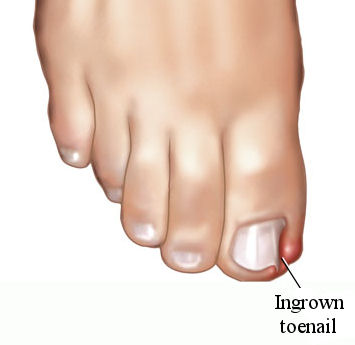Each year, over 1 million people will visit an emergency room to seek treatment for an ankle injury. While ankle sprains account for about 10 percent of those injuries, many more sprains and strains often go untreated. This can result in recurring ankle injuries and even chronic pain.

Whether you twisted an ankle while playing sports or after a misstep on an uneven surface, it is important to know when the right time is to seek treatment. But how do you know if a sprain will go away on its own or if the injury is more severe?
Three Degrees of Ankle Sprains
Ankle sprains are generally classified into three categories:
1. First degree sprain
The tissue or ligament has been stretched, but no tearing occurred. Symptoms include:
- Mild pain
- Slight swelling
- Some joint instability and loss of strength
2. Second degree sprain
The tissue or ligament has been stretched, and there is partial tearing. Symptoms include:
- Moderate to severe pain
- Significant swelling
- Some bruising
- Difficulty walking
3. Third degree sprain
Complete tearing of the tissue or ligament. Surgery may be required. Symptoms include:
- Severe pain
- Severe swelling
- Extreme joint instability and loss of motion
- Painful to walk
For a mild ankle sprain, the RICE method (rest, ice, compression, elevate) is the most common treatment. Based on the type of sprain you have, the symptoms you are exhibiting, and your evolution in the first 24 to 48 hours, you may need to see a foot and ankle specialist for treatment.
Questions? We’re happy to help! Call 210-479-3233 or send us a message online.



